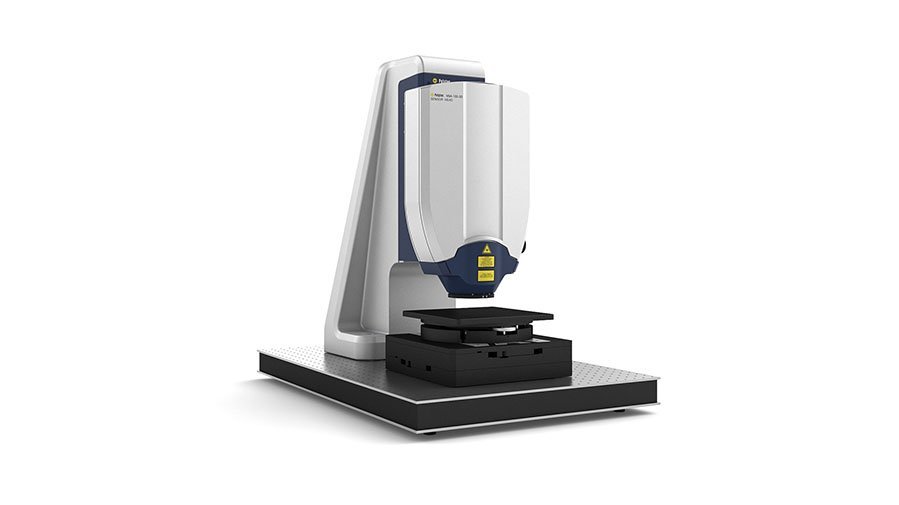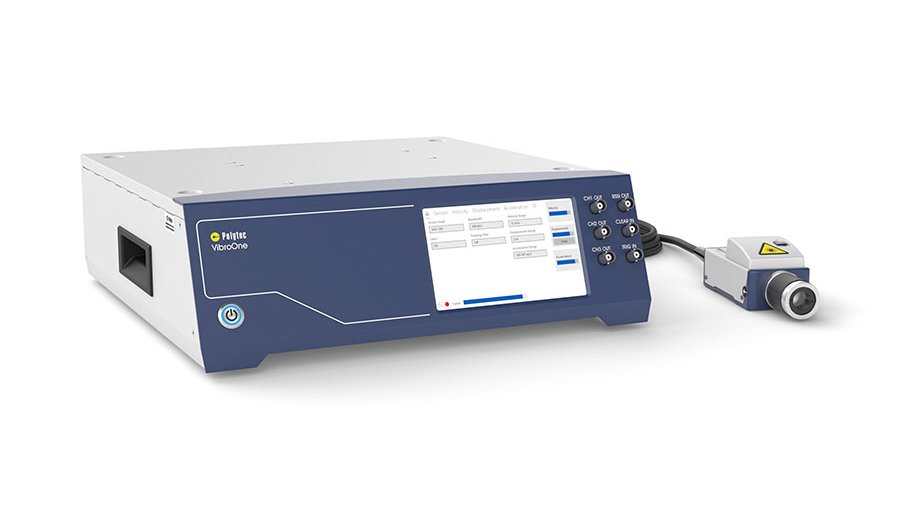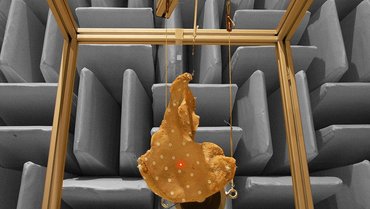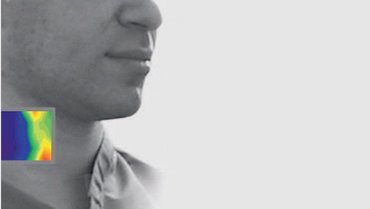Understanding the auditory mechanism and sound conduction
The human ear is one of the most sophisticated sound and vibration amplification systems. Offering ease of operation and unsurpassed accuracy, state-of-the-art laser vibrometers help to determine vibrational characteristics and dynamic properties. They are therefore opening up completely new possibilities for researchers to understand exactly how hearing works. Scientists are using highly sensitive and non-intrusive laser vibrometers to examine not only sound conduction from the eardrum to the stapes footplate in the middle ear, but also the details of electromechanical signal transduction occurring in the cochlea of the inner ear.
The eardrum’s vibration behaviour gives direct insight into the causes of hearing loss, due to stapes fixation or sclerotic changes in the ossicular chain. In medical research, laser tympanometry with laser vibrometers allows the audiologist to quickly measure the eardrum’s frequency response.
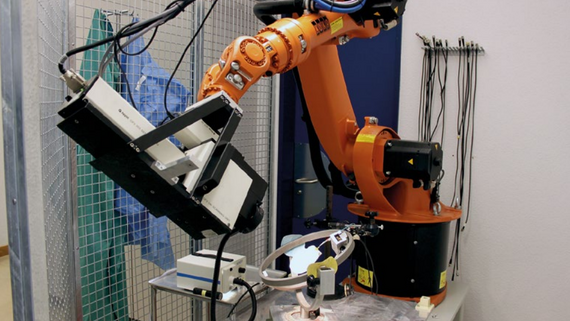
HLV Hearing Laser Vibrometer for optical measurement in otology
The human ear is one of the most sophisticated sound and vibration amplification systems. And special measuerement tasks require application-specific instrumentation. For use in ear mechanics and otological research, use the HLV Hearing Laser Vibrometer. See the HLV datasheet for further specification.
Laser vibrometers are also indispensable for the development, inspection, calibration and certification of middle ear implants. In research, laser vibrometers are used during operations to check that middle ear implants and prostheses (TORP, PORP) are securely connected. They therefore help to ensure that operations are successful and to document the same in an audit-proof way.

